
This article mainly introduces the in-depth anatomy of Python functions. The editor thinks it is quite good, so I will share it with you now and give it as a reference. Let’s follow the editor and take a look.
1. Creation and calling of functions
Define functions, don’t know how To execute the function;
If you want to execute the function, you need to call the function: Method to call the function: function name ()
1, () Create a function without parameters; call the function and execute the code in the function
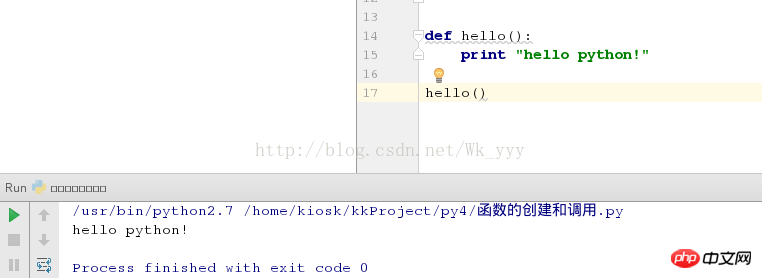
##2. Addition function: formal parameters are in parentheses; values must be passed; actual parameters are in add

Square function; the formal parameters are in parentheses; x is called a required parameter, and a value must be passed; y=2 is called the default parameter. You can pass a value. If no value is passed, the default value is
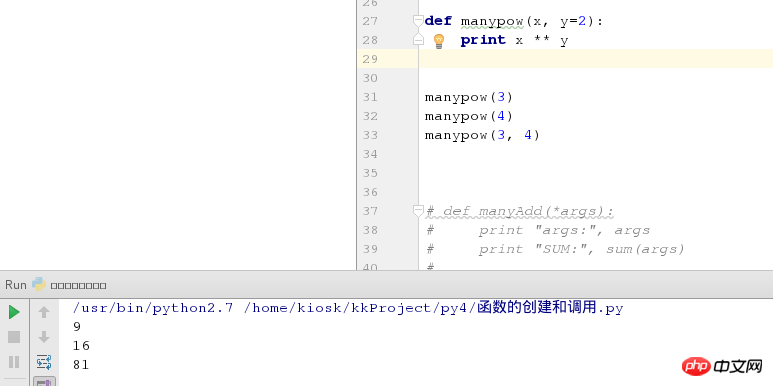
##4,
Multi-value addition: formal parameters are in parentheses; *args are called variable parameters, and multiple values can be passed, args is the data type of the tuple
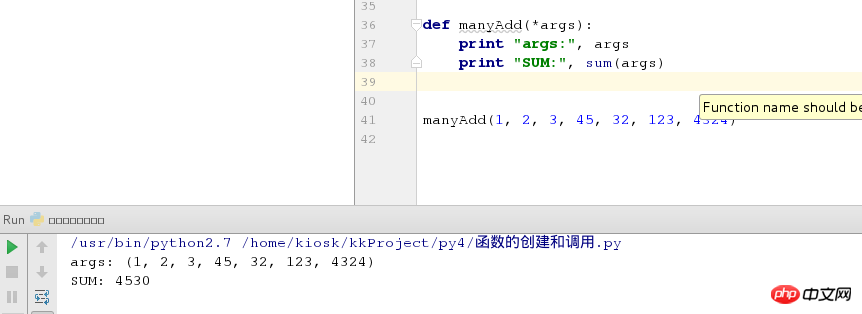
##5,
are called keyword parameters. Multiple key-value values can be passed when calling; kwargs is the data type of dictionary
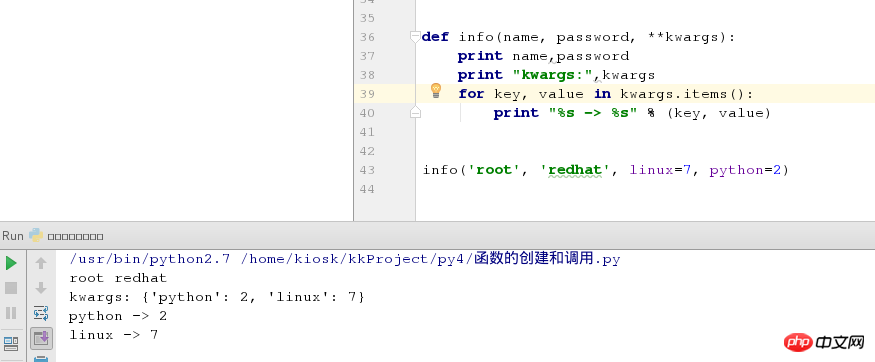 ##Note: When there are multiple formal parameters , Order: Required parameters>Default parameters>Variable parameters>Keywords
##Note: When there are multiple formal parameters , Order: Required parameters>Default parameters>Variable parameters>Keywords
#2. The return value of the function
1. Functions generally have return Return value; if you want to print the return value, you must print
2. In python, if When there is no return, a None is returned by default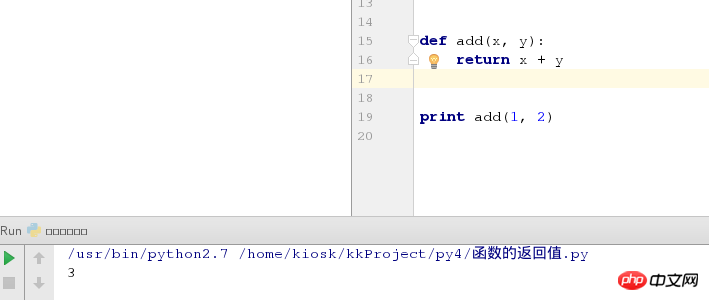
##3,  return default
return default
can only return one value; if
return must return multiple values, it will encapsulate these multiple values into a tuple and return minMax is the tuple type
##4,
Once the function encounters 
return
print function name () is used to print the function return value
3. Unpacking the actual parameters of the function
1. List unpacking *list name
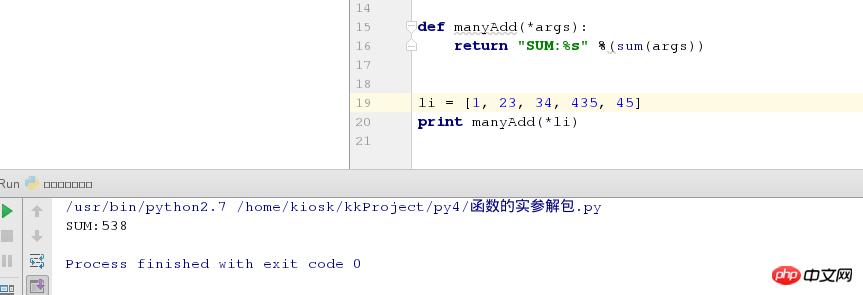
2. Dictionary unpacking**Dictionary name
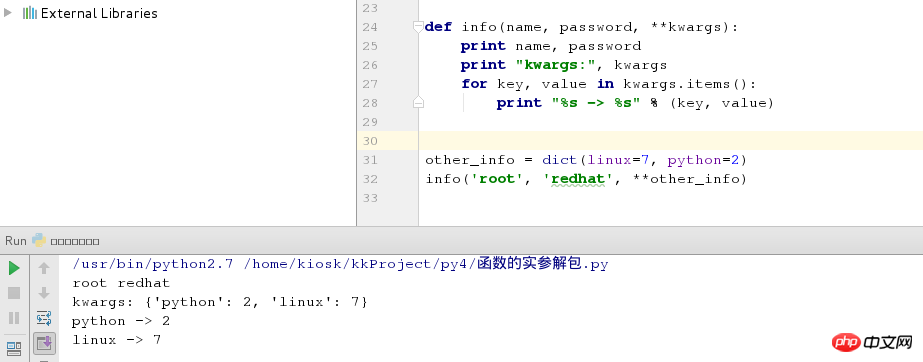
4. Scope of function
1. count=100 global variables, count=200 local variables; the variables in the function only take effect inside the function
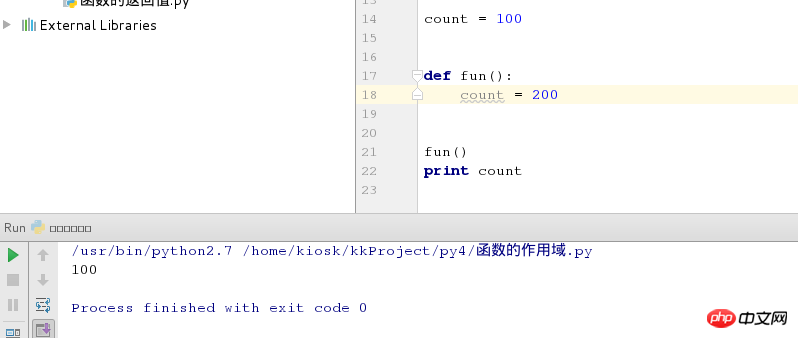
2. An error will be reported when outputting between global variables and local variables
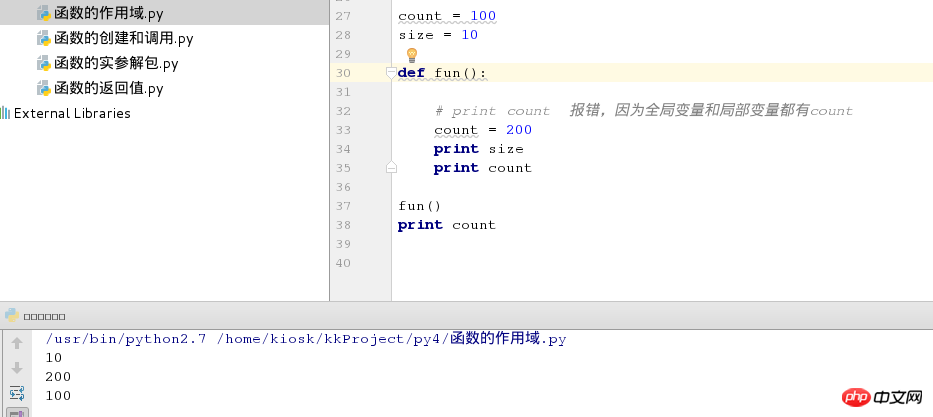
3. global is the keyword to declare local variables as global variables
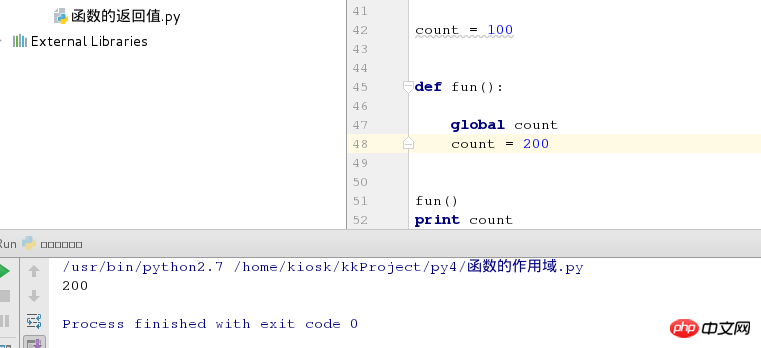
5. Function Application
1. NetEase Interview: Enter a word, the length is less than 100 , determine whether the word is composed entirely of uppercase letters and does not have two consecutive repeated letters. If so, output 'Like', otherwise output 'Dislike'

# 6. Use of functions -Implement the switch judgment statement through a dictionary
The meaning of an exception thrown: Let the original normal code report an error without performing the following operations
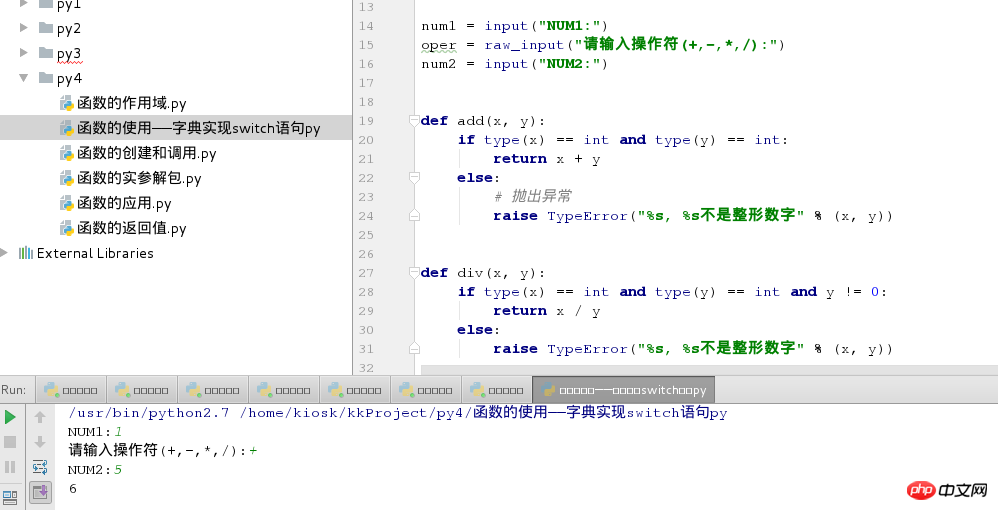

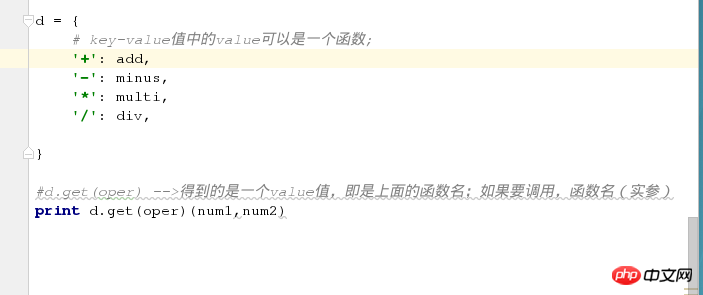
isinstance method:
Format: (element to be judged, data type); return bool value

# 8. The default parameters of the function cannot be variable parameters
As shown below:
should Each time the output is called, an END is added to the empty list; the output is always an END; but it is actually being appended, so variable parameters cannot be used
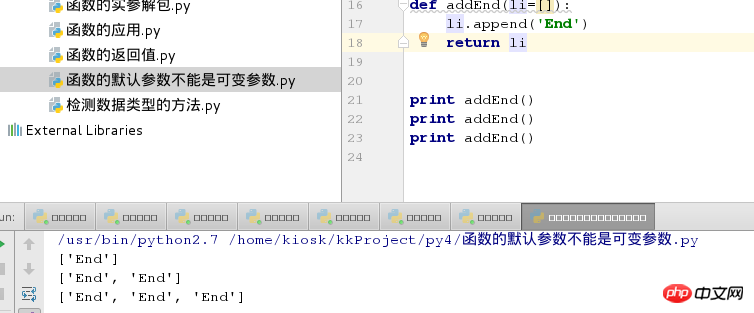
The above is the detailed content of In-depth anatomy of Python functions. For more information, please follow other related articles on the PHP Chinese website!




